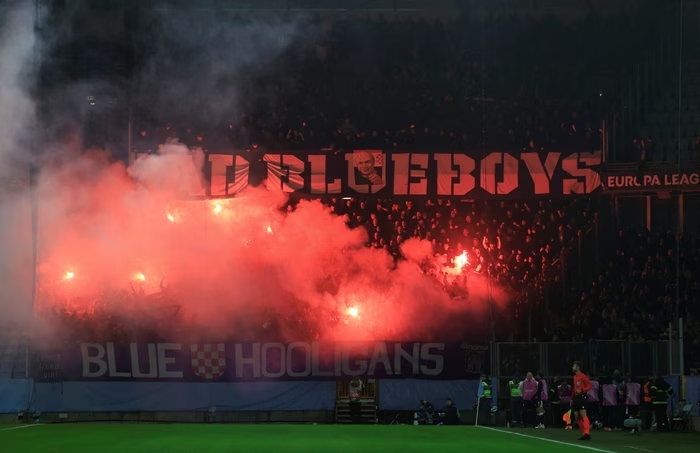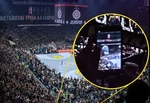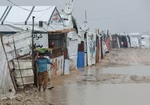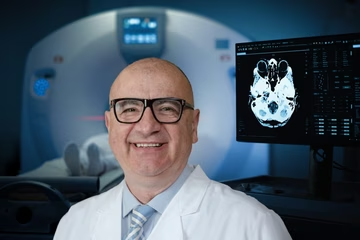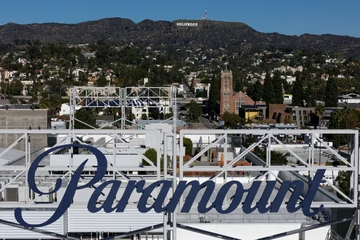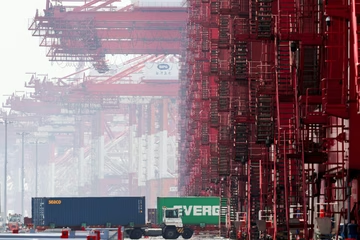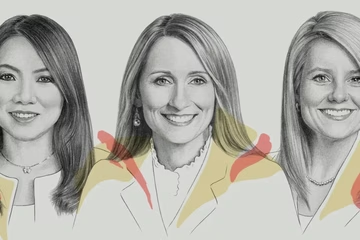
Families gathered in the eastern town of Vlasenica to bid a last farewell to 17 identified victims of the 1992-95 Bosnian war. Bosniak victims went missing in 1992 to be found in recent years in mass graves scattered across Vlasenica area.
Among the buried victims are Hilmo and Mevlida Ferhatbegovic, the father and the daughter, whose remains were found in Kamenica village. Brothers, Mirsad and Meho Ferhatovic were exhumed in 2017 in a mass grave in Jelovacka Cesma village.
Muhamed Salaharevic found the peace next to his son Edin. He was buried on Saturday by his other son, Nedim.
“Ten years after I buried my brother today I’m burying my father, Muhamed. They separated us on that September 13, 1992, me and my mother from him and the brother. They were taken to a concentration camp. Two years ago the first bone was identified and the last year a couple of more bones,” said Nedim.
“Can you imagine what kind of a monstrous crime it was when they took all Bosniak victims as far as to Sekovici. There is some kind of a pit that is filled with water. It is hard to say anything now. Memories are coming back. I mean, those memories are present every day. I see my father every day.”
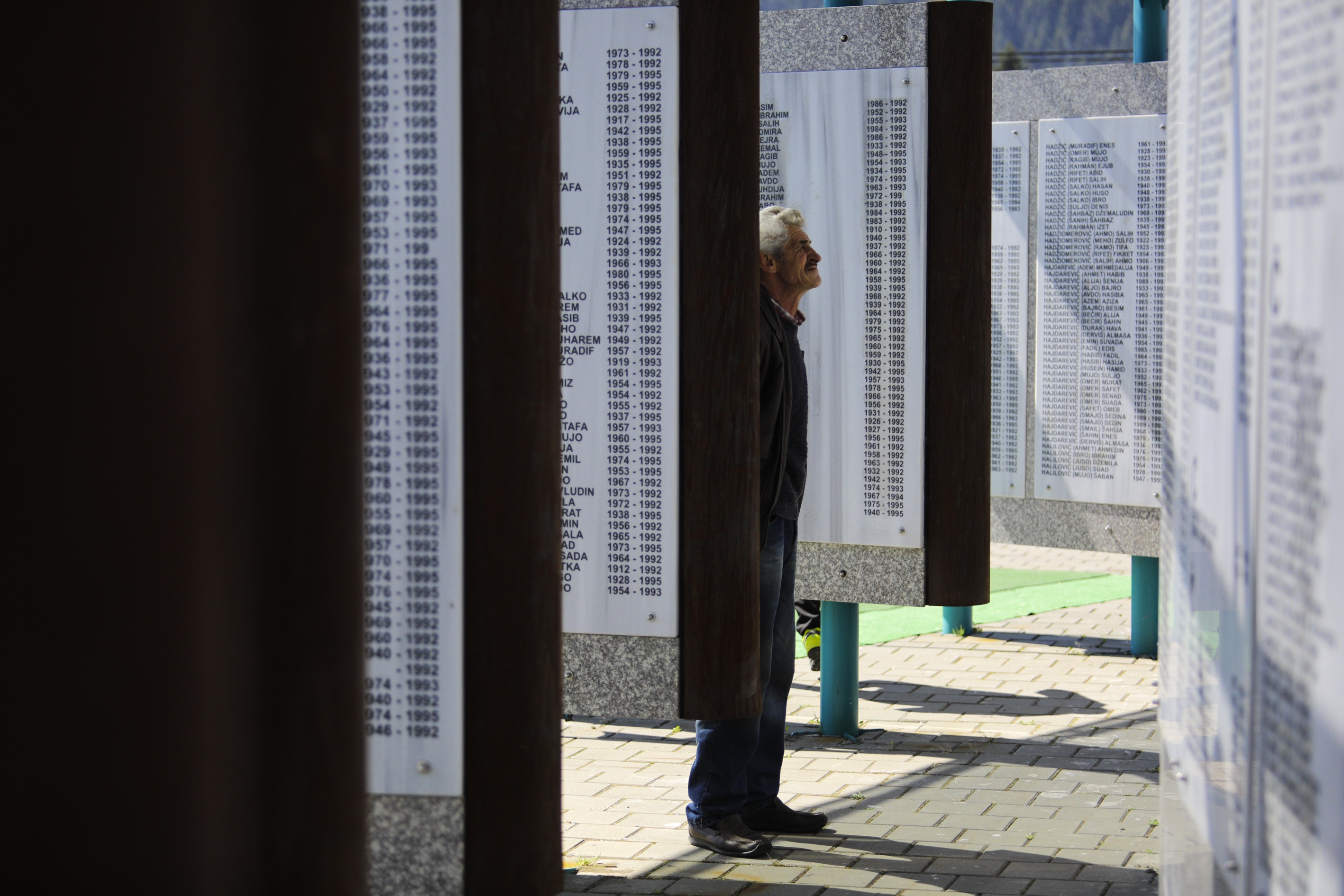
Bosnian Serb forces overran the town on April 21, 1992, starting the expulsion of Bosniaks. During that period, some 2,500 Vlaasenica residents were killed, some of them in the nearby town of Srebrenica.
Most of the Bosniaks died in the Susica detention camp that was run by the Serb forces in the early 1990s.
Between late May and October 1992, as many as 8,000 Bosniak civilians and other non-Serbs from the Vlasenica area were detained in the camp. While women of all ages were sexually abused, men were bullied, tortured and eventually murdered.
Camp commander, Dragan Nikolic, pleaded guilty for the crimes and was sentenced to 20 years imprisonment. The state court sentenced Predrag Bastah and Goran Viskovic to 22 and 18 years behind the bars for their involvement in the Susica camp.
Bosniak member of Bosnia’s tripartite Presidency, Sefik Dzaferovic, said the crimes that were committed against the Bosniaks of Vlasenica were a genocide but “unfortunately, the Hague court (for the war crimes in former Yugoslavia) did not accept it so far.”
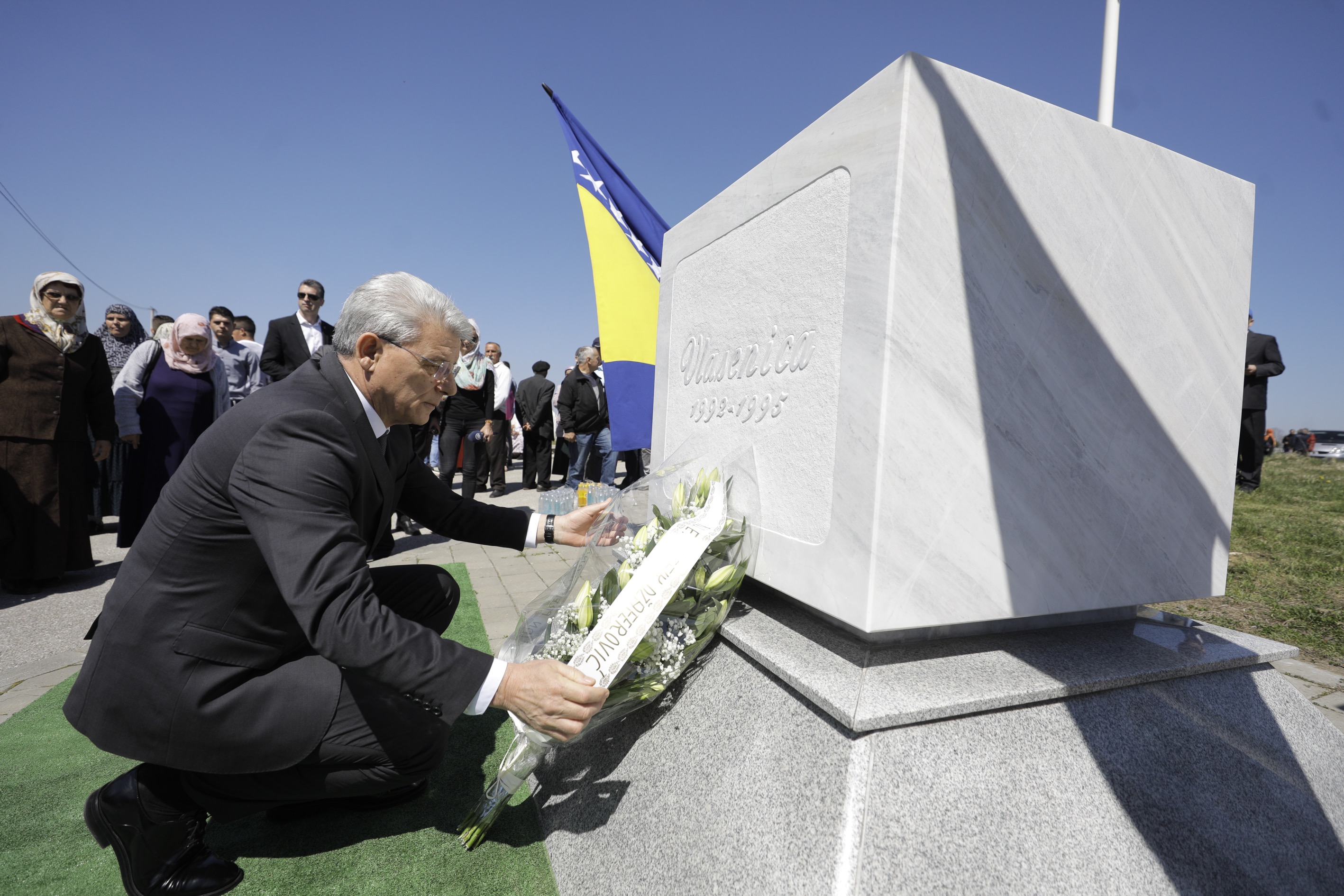
“We are here to express the protest against that because this contains all elements of genocide,” Dzaferovic said prior to the collective burial.
He recalled that three persons in total were brought to justice before the Hague Tribunal and Bosnia’s state court for the murder of Vlasenica Bosniaks.
“The full truth must be determined, all those who ordered, inspired, tasked and committed this severe crime must be identified,” he said.
Truth and justice are crucial for reconciliation in the country, said the Bosniak official.
“We need to build a joint life in Bosnia and Herzegovina, to recover the trust, but truth and justice are fundaments of this process which is underway and lying ahead of us,” he added.
The religious ceremony which was attended by families, friends, neighbours and local officials, was led by Tuzla head Mufti, Vahid Fazlovic.
Kakvo je tvoje mišljenje o ovome?
Učestvuj u diskusiji ili pročitaj komentare





 Srbija
Srbija
 Hrvatska
Hrvatska
 Slovenija
Slovenija


















